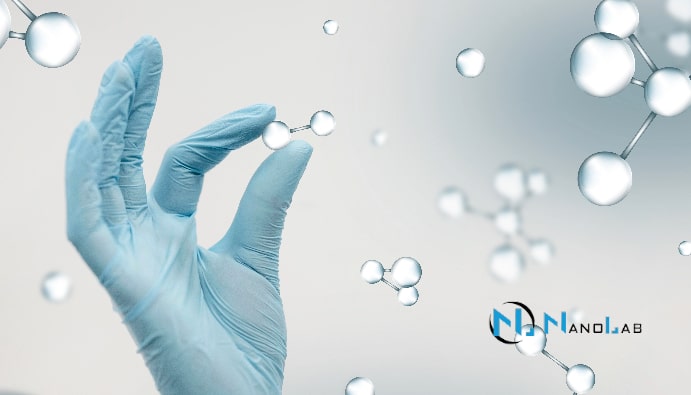VOC and Vapor Measurement: Environmental Measurement
Volatile Organic Compounds and Vapor (VOCs) Measurement

What are Volatile Organic Compounds (VOCs)?
Volatile Organic Compounds (VOCs) are gases that can evaporate at room temperature and usually contain organic compounds. These compounds can originate from industrial processes, fuel combustion, solvent use and various chemical production processes. VOCs contain many harmful substances that can cause health problems when inhaled into the body. In addition, VOCs react in the atmosphere, contributing to the formation of tropospheric ozone and photochemical smog. Therefore, accurately measuring and controlling VOCs is of great importance for environmental protection and public health.
What are the Environmental Impacts of VOCs?
- Ozone Formation: VOCs react with nitrogen oxides (NOx) under the influence of sunlight to form tropospheric ozone and photochemical smog. Ozone causes respiratory diseases, damage to plant tissues and general environmental pollution.
- Health Risks: VOCs can be harmful to human health. Some VOCs can cause headaches, dizziness, eye irritation, throat disorders and allergic reactions. Long-term exposure can carry a risk of cancer.
- Contribution to Global Warming: Some VOCs can create a greenhouse gas effect and thus contribute to global warming.
What are the Measurement Methods of VOCs?
Accurate measurement of VOCs is essential for developing environmental management and control strategies. Here are some common measurement methods:
- Gas Chromatography (GC): The most widely used technique for the measurement of volatile organic compounds. Gas chromatography is a separation process with a mobile phase and a stationary phase. VOCs move differently during the separation and are detected with a detector (e.g. mass spectrometer). This method can accurately detect VOCs even at very low concentrations.
- Headspace Sampling: This technique allows volatile compounds in the sample to evaporate into the gas phase. The headspace holds the sample for a certain period of time and then analyzes it by gas chromatography. It is especially used for the separation of volatile compounds from solid or liquid samples.
- Liquid - Liquid Extraction (LLE): VOCs are extracted using water or another liquid solvent. This extracted solvent is analyzed by gas chromatography. This method is used for the detection of VOCs in water.
- Passive Diffusion Devices: Passive sampling devices used to continuously monitor VOC concentrations. These devices passively absorb VOCs in the gas phase and send them to gas chromatography for analysis.
- Active Gas Sampling (Active Sampling): A method in which a pump draws VOCs into a gas stream at a certain speed for a certain period of time. This gas is then analyzed by gas chromatography. This technique is used in industrial settings or where high concentrations of VOCs are present.
Nanolab Laboratories Group continues to provide services in Volatile Organic Compounds (VOCs) and Vapor Measurement. We also provide services in Emission - Imission Analysis.
Contact us for more information.
You can follow us on LinkedIn for up-to-date news and posts about our services.
Follow our Instagram account to be informed about our latest blog posts.

